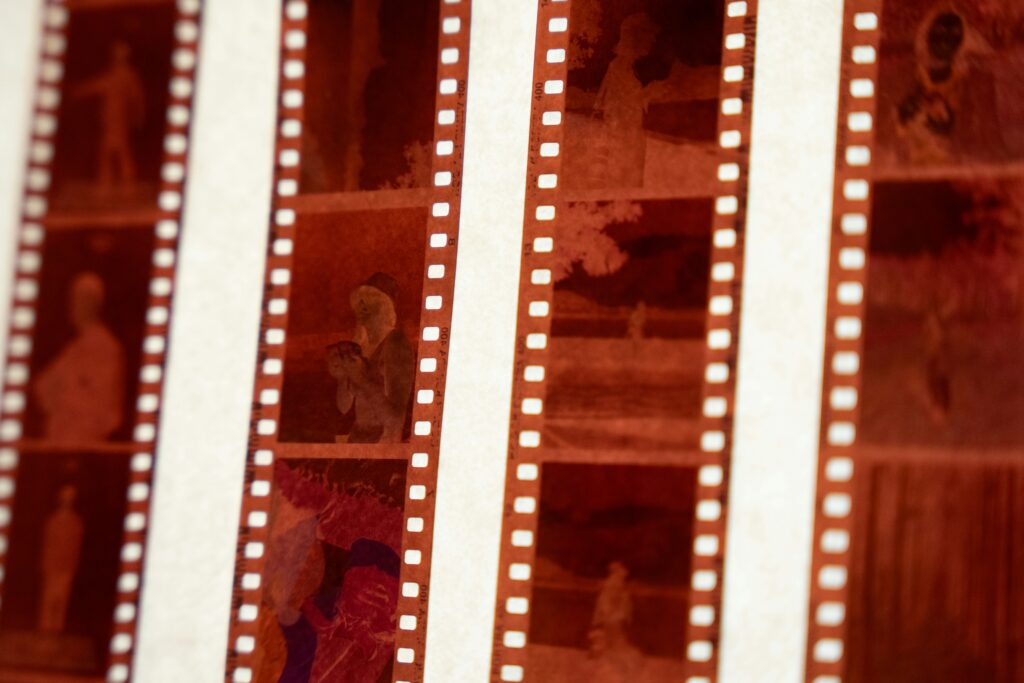In screenwriting, “bibles” and “pitch decks” are tools used to develop and present ideas for TV shows or films. Here’s a breakdown of each:
Bibles
A “bible” in screenwriting is a comprehensive document that outlines all the essential elements of a TV show or film series. It’s a reference guide that creators use to ensure consistency and to guide the development of the story over time. A bible typically includes:
- Character Profiles: Detailed descriptions of the main characters, including their backgrounds, motivations, and relationships.
- Plot Synopsis: An overview of the series’ main story arc, including key plot points and themes.
- Episode Summaries: Brief outlines of each episode, including the main events and character developments.
- Setting: Descriptions of the locations and world in which the story takes place.
- Tone and Style: Information on the show’s overall tone, style, and genre.
Pitch Decks
A “pitch deck” is a visual presentation used to pitch a TV show or film idea to producers, studios, or investors. It’s designed to be engaging and persuasive, highlighting the key elements of the project in a visually appealing way. A pitch deck typically includes:
- Title and Logline: The title of the project and a brief, compelling summary of the main premise.
- Concept Art: Visuals that help convey the look and feel of the project, such as character designs, settings, and key scenes.
- Character Profiles: Short descriptions of the main characters, often accompanied by images or concept art.
- Plot Overview: A concise summary of the story, including the main conflicts and themes.
- Target Audience: Information about the intended audience and why the project will appeal to them.
- Creative Team: Details about the key creators involved in the project, such as the writer, director, and producer.
Both bibles and pitch decks are essential tools for screenwriters to clearly communicate their vision and gain support for their projects.













